Too late for lasagna? Also, what about green manure?
teacher_mom2
16 years ago
Related Stories

GARDENING GUIDESThe Poop Scoop: Enrich Your Soil With Good Old Manure
Get over the ick factor already — this natural super-ingredient for soil has so many benefits, you'll wonder why you ever went chemical
Full Story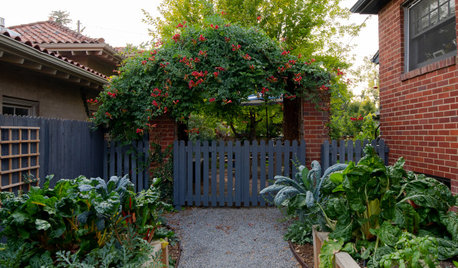
GARDENING GUIDES12 Edibles Perfect to Plant in Late Summer
Keep those homegrown vegetables and greens coming well into fall
Full Story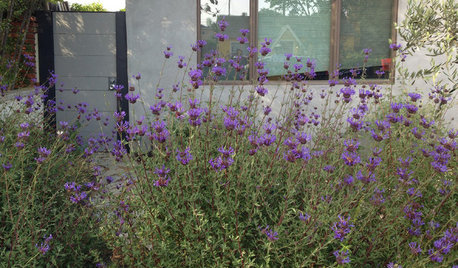
GARDENING GUIDES10 Late-Winter and Early-Spring Bloomers for the West
Tired of waiting for spring to arrive? Try these drought-tolerant, flowering plants for color that starts in late winter
Full Story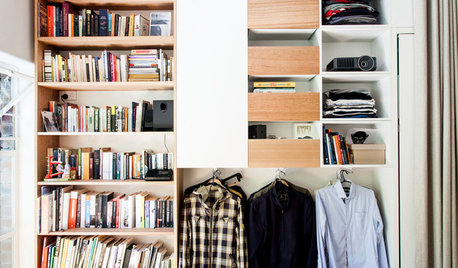
LIFELate Again? Eliminate the Things Holding You Up in the Morning
If you find yourself constantly running late for appointments, work and get-togethers, these tips could help
Full Story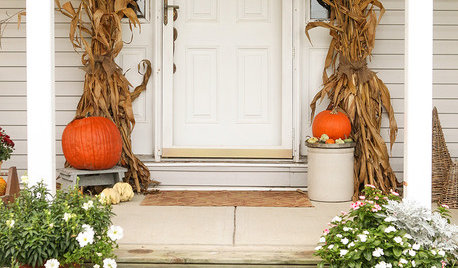
FALL AND THANKSGIVINGIt's Not Too Late to Decorate: Minimalist Fall Decor
No need to go all-out with autumn decorations. Nod to the season with just a few well-placed pumpkins and flowers
Full Story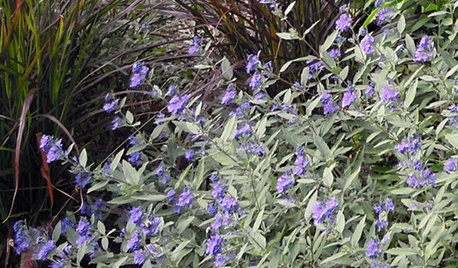
SHRUBS5 Glorious Late-Season Shrubs
Spilling over with berries or bursting with blooms, these stunning underused shrubs keep the garden party going through fall
Full Story
GARDENING GUIDES7 Ecofriendly Gardening Ideas That Also Cut Chore Time
Spend less time weeding, less money watering and more moments just sitting back and enjoying your healthy garden
Full Story
GARDENING GUIDESNew Ways to Think About All That Mulch in the Garden
Before you go making a mountain out of a mulch hill, learn the facts about what your plants and soil really want
Full Story
MOST POPULARWhat to Know About Adding a Deck
Want to increase your living space outside? Learn the requirements, costs and other considerations for building a deck
Full Story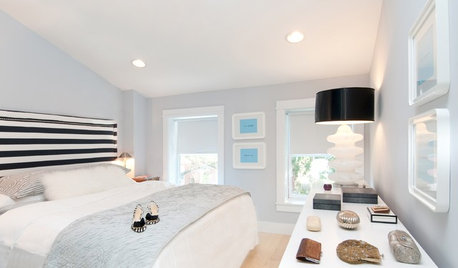
BEDROOMSGuessing Game: What Might Our Bedrooms Say About Us?
For entertainment only; actual accuracy may vary. Always don fun goggles and engage your imagination before playing!
Full StorySponsored



gjmancini
kqcrna
Related Discussions
Too late for manure?
Q
Too late to plant green beans in zone 5?
Q
what we learned too late about kitchen lighting
Q
Questions about Edible Cover Crops/Green Manure
Q
ghoghunter
stage_rat
teacher_mom2Original Author
teacher_mom2Original Author
kqcrna
stage_rat
kqcrna
proudgm_03
kqcrna
Lcgrace Mahoney
LindaMA
kqcrna
rosebush
ghoghunter
teacher_mom2Original Author
ghoghunter
ptp813
clumsygrdner
kqcrna
lindakimy
Lcgrace Mahoney
kqcrna
ilene_in_neok
kqcrna
rosebush
stage_rat
busylizzy
Lcgrace Mahoney
kqcrna
mommyandme
teacher_mom2Original Author
terrene
busylizzy
galcho
lblack61
lblack61
Lcgrace Mahoney
busylizzy
kqcrna
Lcgrace Mahoney